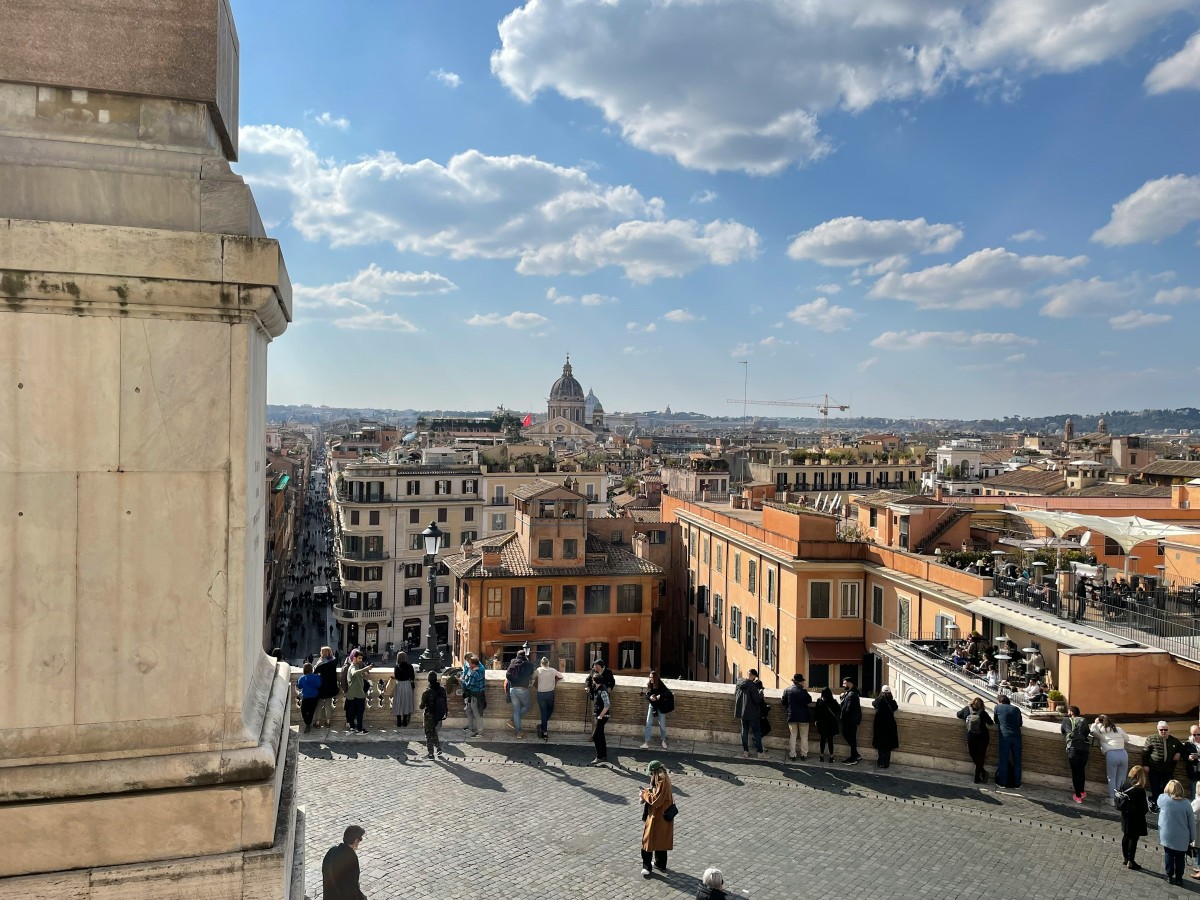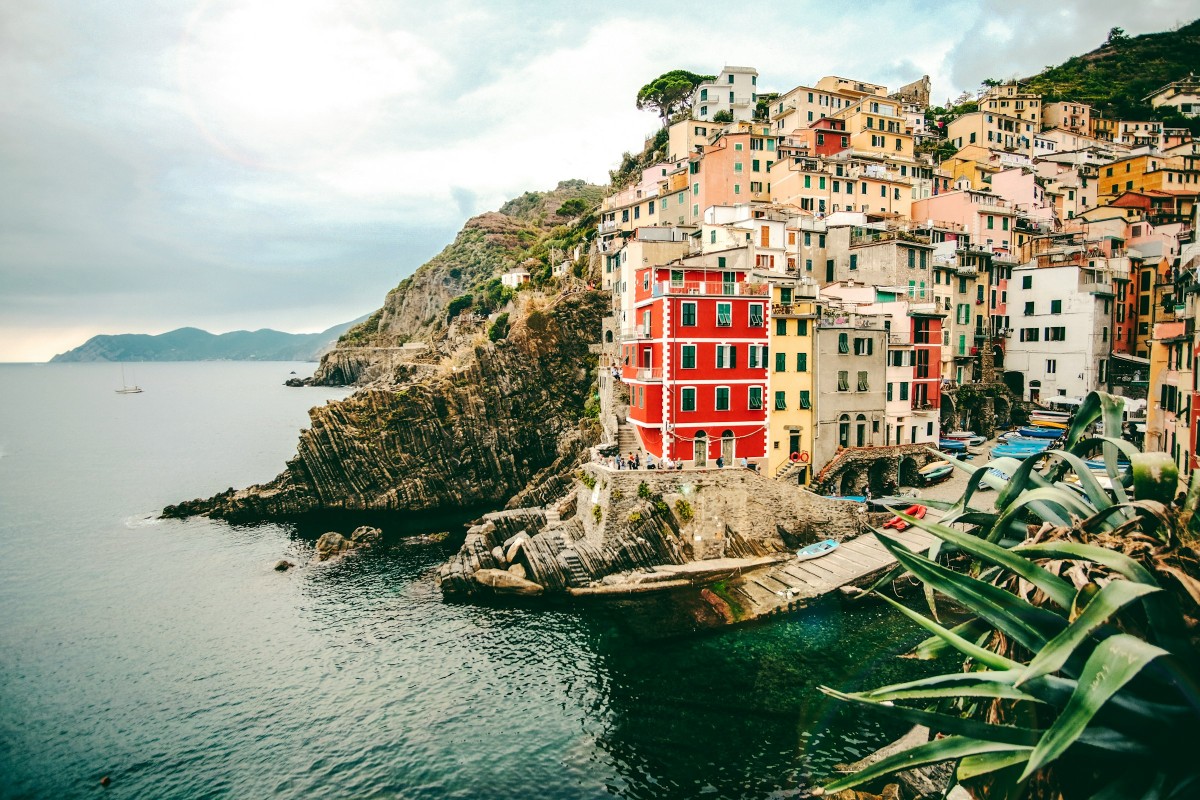
When you picture your golden years, does an image of sipping espresso in a historic Italian piazza come to mind?
Many retirees dream of living out their later years in luxury, and Italy offers some of the best retirement opportunities in the world. Italy’s cities (and even some of its more rural communities) have become highly sought-after retirement destinations, with the country seeing thousands emigrate each year.
But for all the incredible benefits that retirement in Italy offers, it’s important to get a balanced view of what to expect. Here are the top pros and cons of retiring in Italy in 2025.
Pros of retiring in Italy
The good news first: Italy has plenty to offer retirees, from affordable Mediterranean living to world-class healthcare.

The cost of living is surprisingly affordable
One of the biggest draws of Italy for retirees is the affordable cost of living. Outside major tourist hotspots like Rome or Milan, you can find comfortable one-bedroom apartments from €500-700 per month.
Other expenses (such as groceries, dining out, and everyday needs) are also notably lower than you may find in many other Western countries. Depending on where you land, you could live comfortably on €2,000-2,500 monthly in an idyllic Italian town.
World-class healthcare at your fingertips
Another key pro to retiring in Italy is access to quality healthcare. The Italian healthcare system consistently ranks among the world's best – and once you become a legal resident, you can enjoy access to the public health service (Servizio Sanitario Nazionale) at little to no cost.
You’ll find that some expats opt for supplementary private insurance for faster service, the quality of care is quite good, and the amenities you can enjoy beyond basic healthcare are excellent.
Italy’s tax incentives make financial sense for retirees
Did you know that Italy actually offers a special 7% flat tax rate on foreign-sourced income for new residents who settle in certain southern regions?
This incentive is valid for up to five years, which can result in some pretty significant savings once you make the move. Regions available in this tax incentive program include popular spots for retirement in Italy – Sicily, Calabria, Sardinia, Campania, Basilicata, and more.
US retirees can also continue collecting Social Security benefits while living as a retiree in Italy, but you’ll need to inform the SSA of your move.

Italian life is worth savouring
Ask a retiree why they chose Italy, and they’ll likely tell you that Italy itself is the main reason.
The country moves at its own, beautiful pace. The focus on fresh, local food and strong family and community bonds makes every neighbourhood special.
Plus, there’s so much to see and do in Italy! You can enjoy the rich history in Rome or explore the Alpine villages and coastal towns to make the most of your retirement years.
Cons of retiring in Italy
No location gets everything perfect – though Italy gives perfect a run for its money! Here are a few things you'll want to keep in mind before you take the leap to make Italy your retirement destination.
Italy does have some bureaucratic hurdles
Italy is well known for its bureaucracy, and not always in a good way. The process of obtaining visas and residence permits can be lengthy, so you’ll want to plan ahead and have a local relocation guide who can help you figure everything out.
The elective residence visa, the most common option for non-EU retirees, will require you to prove an annual passive income of €32,000, as well as additional amounts for any dependents.
You’ll discover that spending more than 183 days per year in Italy qualifies you as a “tax resident” – and subjects you to taxation on worldwide income. Many American retirees find that filing taxes can get a bit complex, which is why hiring an expat-friendly guide is key.

The language barriers can be a challenge
Italy is a global country, so you’ll often find someone who speaks English in every location..
However, daily retirement in Italy will require you to learn some basic Italian. Getting a handle on the language can help you manage things like paying utilities, finding your way around, and making friends with neighbors.
Cities are often more cosmopolitan, while smaller towns and southern regions will require you to do some language homework.
Italy has regional disparities
Not all of Italy is created equal. You’ll find that the northern regions generally offer better infrastructure, as well as higher-quality healthcare and public services.
While the south may not have as high a quality of resources, the cost of living is often more affordable, and the tax breaks are a great incentive.
- Find out more about the differences between Northern and Southern Italy.
Your Italian retirement awaits – are you ready?
Retiring is about more than just finding an affordable place to live. These are the years of life you’ve earned – so make sure you spend them in luxury. Italy offers retirees much to see and enjoy, even if it does require a bit of homework on the front end.
Before you make the retirement leap to Italy, spend some time learning more about each potential area you could move to. Get familiar with the communities, and try to connect with a guide who is experienced in helping retirees make the transition.
If you’re willing to take on a bit of adventure, then Italy is ready to deliver. You’ll fall in love with the country’s beauty, culture, and, of course, really good food. So, is Italy the right retirement destination for you?

